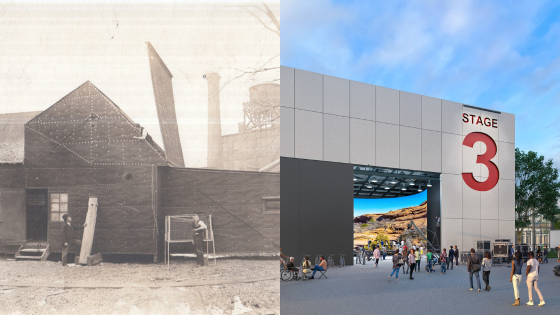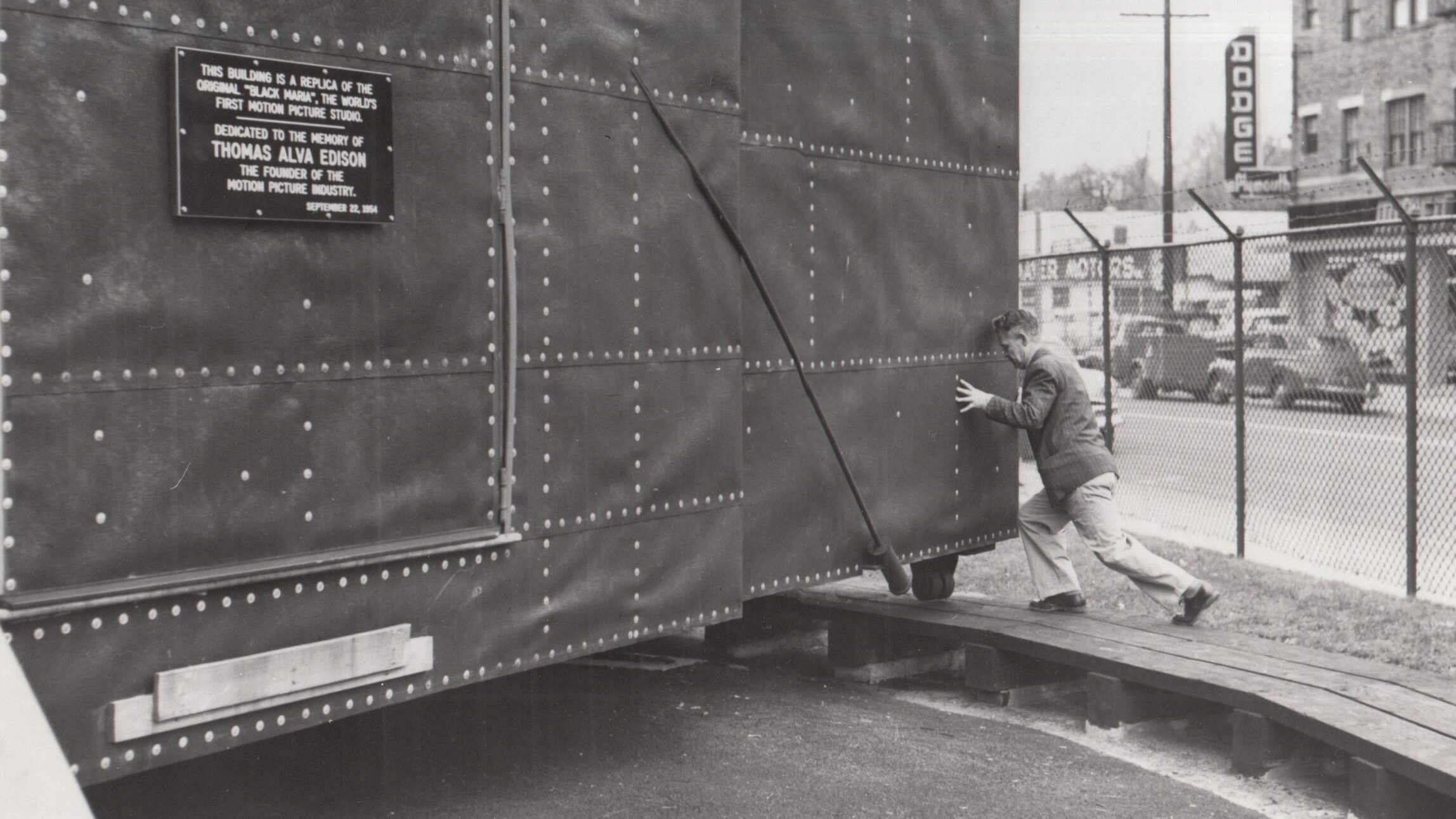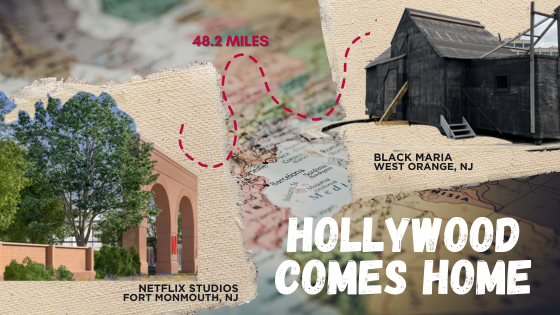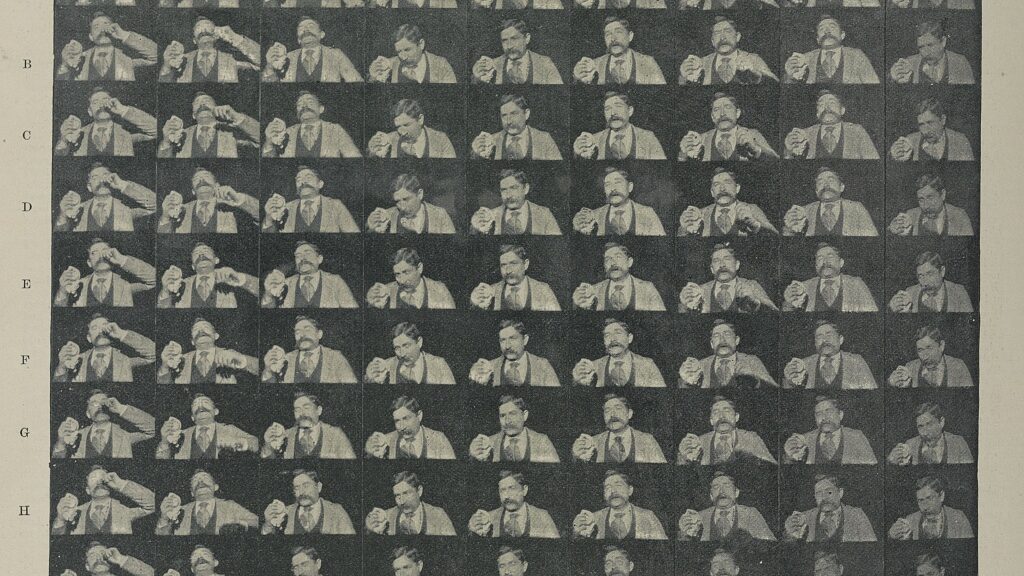New Jersey is bustling with energy as filmmakers rediscover the magic of that state that the industry was created in. In other words, “Hollywood” is coming home.
You may have read in the news that Netflix is preparing to build their next “mega studio” in the same state from where Thomas Edison built the world’s first movie studio, the Black Maria. Governor Phil Murphy’s administration says that this initiative could help turn Jersey into the “Hollywood of the East.”
The state is actually booming with new construction in cities like Bayonne, Newark and Carteret…all just a few miles from where the Black Maria stood in West Orange, NJ.
The award-winning movie “The Joker” and series “Succession” were filmed in the same Northern part of New Jersey as Edison’s historic movie, “The Great Train Robbery.”
Edison’s legacy is deeply intertwined with New Jersey’s vibrant film history. The revolutionary Black Maria was created in 1893 and served as a laboratory for experimentation and creativity, where Edison and his team pushed the very early boundaries of visual storytelling.

Nicknamed for its similar appearance to a paddy wagon, the Black Maria was equipped with a roof that could be opened to use the sunlight for the kind of lighting needed to capture the films at this time, since it wasn’t available with bulbs yet.
It was a kind of living piece of technology that had to be wrestled into place every hour or so. It used the light of the sun for filming and since the sun moves about 15 degrees across the sky every hour, Edison’s staff had to push the building around on a circular track to make sure it faced the sun for maximum illumination.

Although mostly 20 seconds long, stories unfolded within this studio’s tar-covered walls that would forever change history. The earliest copyrighted film in history that still survives is actually Edison’s “Kinetoscopic Record of a Sneeze” in January 1894. He was also one of the first to experiment with color film and putting sound to film in this very studio.
Today, as the landscape of filmmaking undergoes another transformation, New Jersey emerges once again as a hub of cinematic innovation with its vibrant blend of cultures, bustling cities, and timeless landscapes. These modern studios, equipped with state-of-the-art technology and fueled by boundless imagination, are poised to redefine the cinematic landscape yet again. The resurgence of excitement and creativity is truly reminiscent of Edison’s era.
As we embrace the future, let’s not forget the lessons of the past and pay homage to the visionary pioneers who paved the way for us. Innovation isn’t just about technology; it’s about preserving the spirit of creativity and exploration that defines New Jersey’s cinematic legacy.
In this ever-changing world, the magic of cinema seems to have found its way home.




